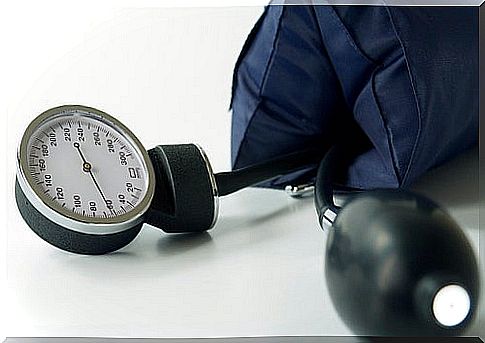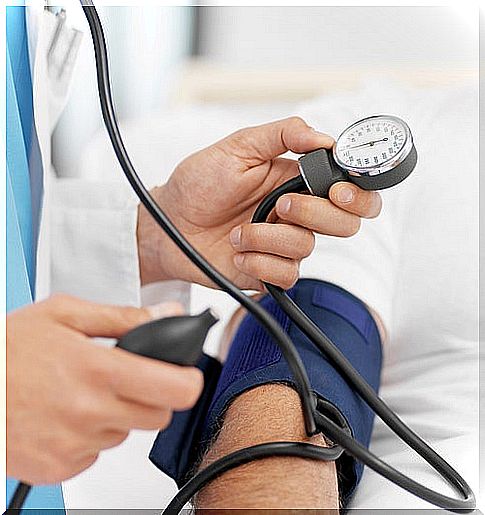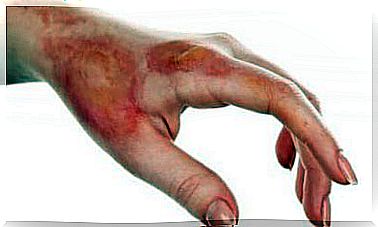Low Blood Pressure: How To Proceed?

Some changes in blood pressure are normal, as it rises when we exercise and drops when we rest.
But sometimes the pressure can drop too low, producing nausea, pallor, fatigue, and fainting; these effects are known as hypotension or low blood pressure.
The heart sends blood to the arteries, putting pressure on them to circulate blood through the body.
Blood, in turn, carries oxygen and nutrients throughout the body, and at this point, when we measure pressure, we find higher or systolic blood pressure, which tells us the force with which blood passes through the arteries during cardiac contractions, and the smallest, or diastolic, is the resting phase between each heartbeat.
Pressure types are measured in millimeters of mercury, with values between 105-130 maximum and 60-80 minimum being normal .
When the latter drops considerably, it is when we feel nausea and fainting, as the cells are no longer fed.
What should be clarified is that hypotension is not a disease, it is a personal characteristic that offers certain advantages, such as having a lower risk of suffering cardiovascular disease as we get older.
But this trait can also alter life and health if we don’t know how to control it.

How to regulate blood pressure?
Our body has some sensors that are located in the neck and chest and are in charge of constantly controlling blood pressure.
When they detect a very slow pumping and a low amount of blood, they make the appropriate changes so that the pressure remains stable. Nerves also carry signals through these mechanisms and through the brain to the following organs:
HEART
It is indicated to regulate the frequency and strength of your beats to control the amount of blood pumped.
KIDNEYS
They must level the amount of water so that the amount of blood fluid in the circulation increases, since a small amount of water decreases the amount of blood.
BLOOD VESSELS
They must be stabilized to increase the frequency of the pulses, which allows them to increase the expulsion of blood.
In this way, blood pressure changes very little, but when there is nausea, dizziness or fainting, dehydration or bleeding, it is impossible for these warning signs to synchronize and make the body work properly.

Orthostatic hypotension
It is a type of low blood pressure, which usually occurs when we get up too quickly after a long period of rest, as it decreases the blood flow to the brain.
It is important to remember that hypotension is not characterized as a disease, but rather as an inability to quickly regulate blood pressure, which ultimately produces dizziness, mild nausea, blurred vision or fainting.
What to do when blood pressure drops?
– Drink between two and three liters of water a day, including broths, juices and rehydrating drinks.
– Include carbohydrates in breakfast, such as cereal, milk bread, yogurt.
– Never start the day without eating.
– Eat well and include fruit between meals.
– Choose nutritious foods such as fruits, vegetables, cereals, dairy products, pasta, rice, eggs and lean meats.
– Never go on a diet without consulting a specialist first.
– Avoid alcoholic beverages, as they dilate blood vessels causing blood pressure to drop.
– Use food supplements, especially those containing ginseng, which helps to prevent physical and mental fatigue.
– When you feel nauseous and fatigued, moisten your forehead with cold water, rest for a while and drink any rehydration drink.

Low blood pressure should not limit your life, nor take you out of normality, as it is possible to control it in very simple ways. Just follow the above recommendations and you can have a normal, hassle-free routine.









